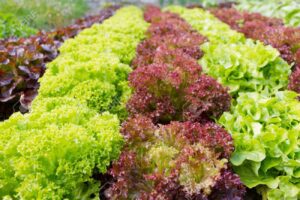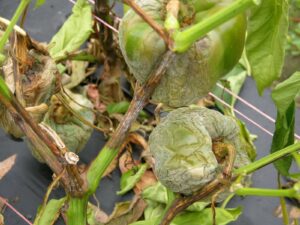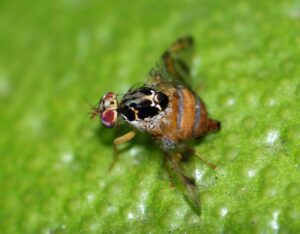What is LEPRA?
Leprosy is a fungal disease that affects only bone trees. One of the most noticeable symptoms is the deformation and reddening of leaves during spring. New shoots and leaves curl and become thick and over time, they may die and detach.
An infection caused by this fungus that is left untreated for several years contributes to the eventual deterioration of the tree.
Why does leprosy COME OUT in our plants?
It remains dormant until spring and when conditions are favorable, it germinates on the new shoots of the plant and infects it. In other words, the fungus hibernates in stems, bark or bud scales and then episodes of wind or spring rain favor the dissemination of the spores among the newly emerged leaves.

The favorable conditions for the development of this parasitic fungus occur in an environment of mild temperatures and high relative humidity that usually coincides with spring and, therefore, with the bud break period.
Particularly cold and rainy springs can accelerate disease progression. On the contrary, environments with high temperatures, high solar radiation and low relative humidity stop their development. It disappears in summer, but be careful because the spores have the ability to survive and, therefore, can remain from one year to the next.
How does leprosy AFFECT our plants?
The most visible damage occurs on the leaves, with that characteristic bulging, deformation and change in coloration that sometimes, in more advanced stages of infestation, is accompanied by the appearance of a mealy powder that leads to leaf drop.

Tree defoliation weakens the formation of new shoots, reduces fruit set and reduces tree vigor. In practice, damage caused by dent attack or leprosy leads to a significant reduction in crop yield.
How to ELIMINATE leprosy naturally?



